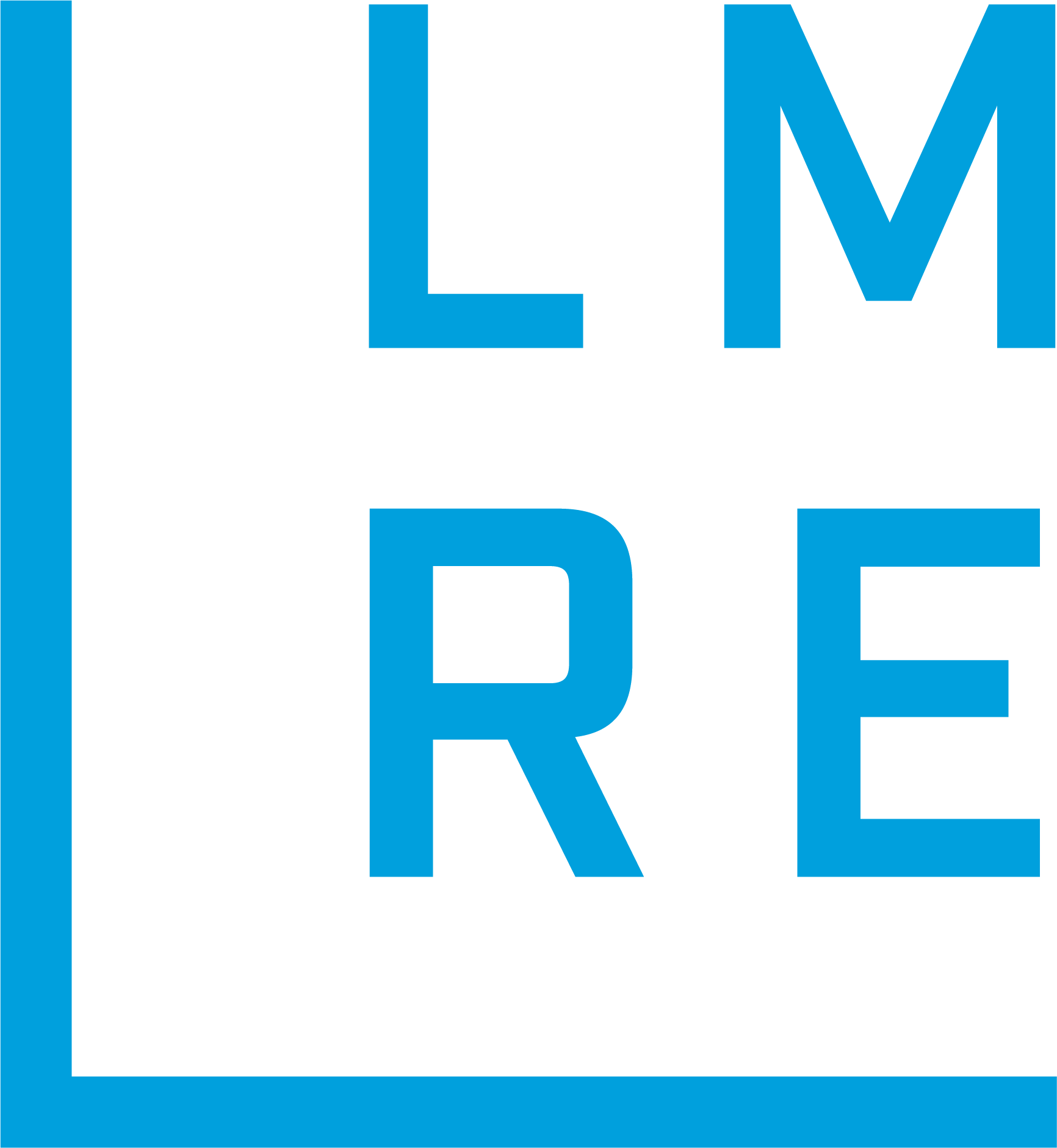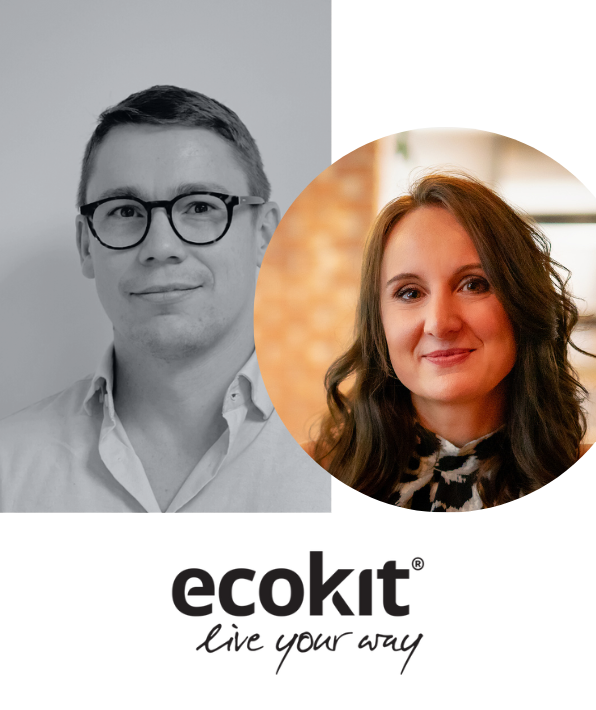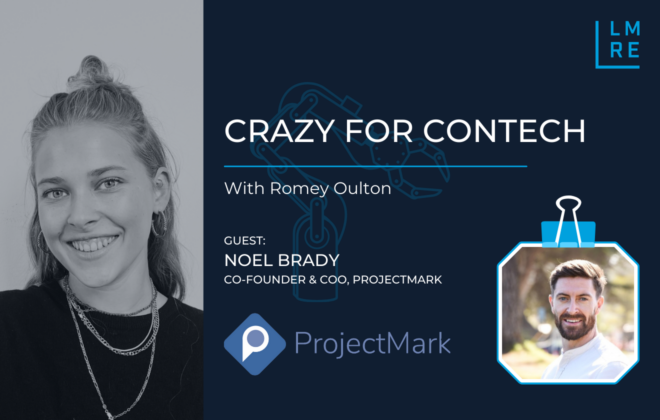How did you find yourself working in the Construction Technology sector?
Prior to my involvement with ecokit, I had a background as a web designer and developer, which naturally kept me connected to the world of technology. Although the ecokit system is a tangible physical product, the entire process, from initial design to fabrication, operates within a 100% digital framework. Recognizing the potential of leveraging the latest technology in an industry that was not yet fully embracing innovation, I saw an opportunity worth pursuing. Embarking on this journey into the Construction Technology sector was like delving into a captivating rabbit hole of possibilities.
In 2018, my sister, an IT specialist, joined the business, enabling us to further integrate technology into our operations. We initially implemented a digital twin for each project and seamlessly integrated PHPP calculations into our processes. As we progressed, we took on the challenge of developing a digital library of parts, which introduced me to the concept of Building Information Modelling (BIM). Witnessing the vast potential of BIM and its applications, we became increasingly fascinated with incorporating technology even further into the realm of construction.
What does your role entail at Ecokit?
Initially, I handled a multitude of responsibilities at ecokit, wearing many hats within the organization. From developing our website to creating effective marketing campaigns, managing client interactions, and even personally designing a few initial homes, I was involved in every aspect of the business.
As we’ve evolved over the past 8 years, I’ve gradually delegated most of these tasks to my team of specialists. While I still oversee the overall operations of the company, which admittedly can sometimes be less thrilling, my true passion lies in research and development (R&D). It is within this realm that I find the most fulfilment and enjoyment in my role.
I consider myself fortunate to be living my dream. Even though it entails a significant amount of hard work and occasional challenges, the fact that I am actively pursuing my lifelong aspiration enables me to navigate through difficult moments with greater resilience. Creativity serves as my lifeline—regardless of what I may be experiencing personally, I consistently find solace and strength in the realm of innovation and creative problem-solving.
Can you share some insights into the specific technological innovations that your company has brought to the construction industry?
One of the key technological innovations we have introduced is the development of a comprehensive digital library of parts. This library allows us to combine and configure various components to create diverse shapes and designs for houses. By leveraging this digital system, we have significantly expedited the fabrication process, reducing construction timelines from weeks or months to just a matter of days. Additionally, the lightweight nature of our components eliminates the need for heavy machinery during construction.
Originally designed with owner builders in mind, we quickly realized that our system is equally suitable for professional builders. Adopting our technology enables builders to achieve much faster construction while maintaining the highest quality and adherence to standards. Notably, all of our homes built in Australia have achieved an impressive energy rating of 8 stars or higher straight out of the box, without the need for additional features. This level of energy efficiency translates to substantial utility bill savings of around 80% for homeowners.
To further enhance our offerings, we are currently focused on streamlining the integration of our system with architectural workflows. We are developing a Revit plugin that will simplify the design process, making it effortless for architects to work with our system. Through this plugin, architects and clients will have real-time access to cost estimations and can also evaluate environmental factors such as carbon footprint during the design phase. This initiative aims to empower architects with a seamless and comprehensive understanding of our system, enabling them to create sustainable and cost-effective designs with ease.
With sustainability becoming increasingly important, how does your company address environmental concerns in the construction industry?
With sustainability becoming increasingly important, our company takes environmental concerns in the construction industry very seriously. We have undertaken a significant initiative to address these concerns and provide sustainable solutions.
Recently, we completed the construction of an experiential building where we meticulously measured the carbon footprint of every single building component, material, and even screws used. We are currently analysing this comprehensive data, which will enable us to provide the carbon footprint of the designed building during the actual design process. This empowers architects and clients to make informed decisions not only based on cost considerations but also with a deep understanding of the environmental impact associated with each choice. By offering this level of transparency, we aim to align design decisions with sustainability goals, staying ahead of the curve on this important issue.
Furthermore, our digital fabrication process allows us to optimize the entire manufacturing process and significantly minimize waste. By utilizing our digital library of parts, we can precisely configure and produce components with minimal material waste. This approach contributes to a more sustainable construction process, reducing resource consumption and environmental impact.
Overall, our company is dedicated to integrating sustainability into every aspect of our operations, from design to construction, with a firm commitment to minimizing our ecological footprint and promoting a greener future for the construction industry.
Globally, women fill approximately 10% of operational roles in the construction industry. Does this figure align with the representation in your region, and what positive steps are being taken to drive diversity in ConTech?
The representation of women in operational roles within the construction industry is a concern worldwide, and unfortunately, the figure of approximately 10% aligns with the general trend in our region as well. However, we firmly believe in the importance of diversity and inclusivity in ConTech and are actively taking positive steps to drive change.
At ecokit, we actively seek to create a supportive and inclusive work environment that encourages women to pursue careers in construction technology. We provide equal opportunities for professional growth, fair remuneration, and a supportive network for all employees, regardless of gender.
While there is still work to be done to achieve full gender equality, we are dedicated to driving positive change within our region and beyond. We firmly believe that by actively addressing the underrepresentation of women and promoting diversity in ConTech, we can create a more inclusive and innovative industry for all.
What unique challenges and opportunities do you see in APAC compared to other regions?
Although the ecokit system has been designed specifically for Australia, our engineering team is predominantly based in the EU, primarily due to the more advanced construction technology sector in the European Union (EU) region. However, we recognize that the construction industry in Australia is still in the early stages of adopting advanced construction technologies, with some variability in digital infrastructure and technology readiness compared to the EU region.
In contrast, the EU region benefits from a more mature and advanced construction technology landscape. Most European countries have well-established digital ecosystems, high rates of technology adoption, and stringent regulatory frameworks. This advanced environment provides opportunities for companies to collaborate with existing industry players, tap into established research institutions, and leverage government support for innovation.
On the other hand, the APAC region presents immense growth potential and a rapidly expanding market. The region is currently experiencing significant urbanization, population growth, and infrastructure development, which has created a strong demand for construction technologies. This presents opportunities for companies to introduce innovative solutions that enhance efficiency, sustainability, and safety in construction practices. Moreover, the dynamic and evolving nature of the APAC market allows for agile startups and new entrants to establish themselves and contribute to emerging markets.
Understanding and navigating the unique challenges and opportunities in both regions allows us to innovate at a faster pace and introduce new technologies in the Australian market while leveraging the potential offered by the EU region. By combining the advanced construction technology landscape of the EU with the growth opportunities in the APAC region, we strive to bring cutting-edge solutions to the Australian construction industry and drive progress in the adoption of advanced technologies.
What does the coming year hold for your company? What are your expansion plans?
The coming year holds a period of consolidation and preparation for future growth for our company. While we had initial plans to expand within Australia and enter the US market, the challenging economic conditions of the past year caused some adjustments to our plans. However, despite the setbacks, we successfully completed two projects in Australia, one in the Czech Republic, and are currently in the final stages of a project in the US.
In light of the current circumstances, we have made the strategic decision to slow down our growth trajectory in order to focus on delivering a number of ongoing projects in Australia. This allows us to ensure the highest quality and client satisfaction in our work. We believe that prioritizing successful project delivery in our existing markets is crucial for building a strong foundation for future expansion.
Simultaneously, we are actively preparing for an investment opportunity that will support our expansion plans in 2024. This investment will enable us to further develop our technology, enhance our production capabilities, and explore new markets and partnerships. We recognize the importance of careful planning and strategic investments to ensure sustainable and successful growth in the future.
While the past year may have presented challenges, we are optimistic about the opportunities that lie ahead. Our focus for the coming year is to consolidate our operations, deliver outstanding results in our ongoing projects, and lay the groundwork for our expansion plans in the near future. We remain committed to innovation, quality, and customer satisfaction as we navigate the path to future growth and continue to contribute to the advancement of the construction technology sector.
Finally, what advice would you give to aspiring entrepreneurs looking to enter the ConTech industry?
As with any other industry, it’s crucial to thoroughly understand the challenges and emerging trends in construction. Identifying a specific niche or problem area where technology can make a significant impact is crucial.
Embrace innovation and stay informed about technological advancements in the construction sector. Despite the challenges, it’s important to remain adaptable, resilient, and curious, as the construction industry can be complex and ever-changing. I believe that with the right knowledge, mindset, and a customer-centric approach, aspiring entrepreneurs can make a meaningful impact in the ConTech industry.






